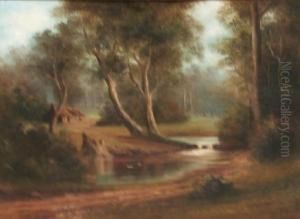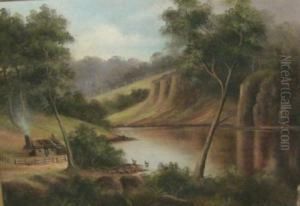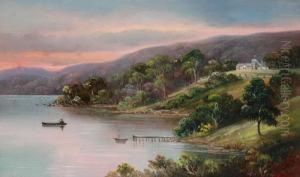Charles Young Paintings
Charles Young was not an artist by the common definition of the term, but rather a notable figure in military history. Born on March 12, 1864, in Mays Lick, Kentucky, Young was an African American U.S. Army officer who achieved a number of historical firsts during his lifetime.
Growing up as the son of enslaved parents who escaped to freedom via the Underground Railroad, Young had an acute sense of the importance of education and determination. He excelled academically and eventually secured an appointment to the United States Military Academy at West Point, where he was the third African American to graduate in 1889.
His military career was marked by the challenges of racism and segregation. Despite these obstacles, Young rose through the ranks to become the first African American to achieve the rank of colonel in the United States Army. He served with distinction in various posts, from commanding a squadron of the 9th Cavalry in the Philippines during the Philippine-American War to serving as a military attaché in Haiti and Liberia.
Aside from his military duties, Young was also known for his intellectual pursuits and fluency in several languages. Additionally, he was a professor of military science at Wilberforce University, an historically black university in Ohio.
Colonel Young's health eventually led to his forced retirement in 1917, although he was temporarily reinstated during the First World War. His legacy includes his role in mentoring the next generation of African American officers and his commitment to equality in the military. Charles Young died on January 8, 1922, while on a reconnaissance mission in Nigeria. His death was a significant loss, and he was posthumously promoted to the rank of brigadier general in 2020.
While Charles Young was not an artist, his life was a testament to the power of resilience and dedication in the face of societal barriers, and his story continues to inspire many within and beyond military circles.


